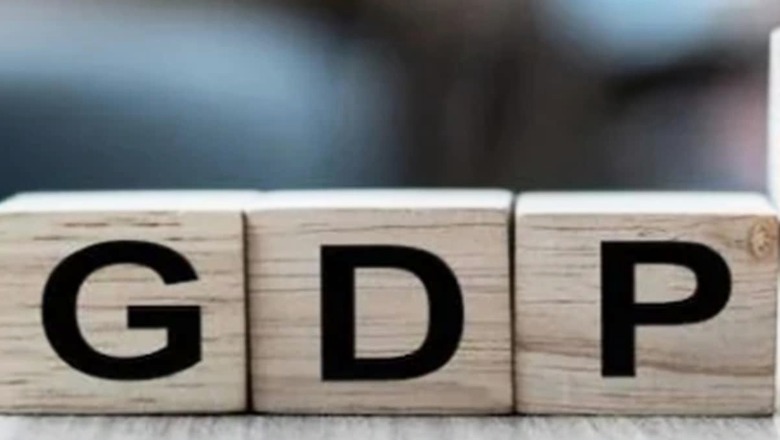
views
The IMF on Tuesday projected a growth rate of 6.1 per cent for India in 2023, which is a 0.2 percentage point upward revision compared with the April projection. This is reflective of the “momentum” from stronger-than-expected growth in the fourth quarter of 2022 as a result of stronger domestic investment, the International Monetary Fund (IMF) said.
“Growth in India is projected at 6.1 per cent in 2023, a 0.2 percentage point upward revision compared with the April projection,” it said in its latest update of the World Economic Outlook.
According to the report, global growth is projected to fall from an estimated 3.5 per cent in 2022 to 3 per cent in both 2023 and 2024. While the forecast for 2023 is modestly higher than predicted in the April 2023 World Economic Outlook (WEO), it remains weak by historical standards.
The rise in central bank policy rates to fight inflation continues to weigh on economic activity. Global headline inflation is expected to fall from 8.7 per cent in 2022 to 6.8 per cent in 2023 and 5.2 per cent in 2024, it said.
Underlying (core) inflation is projected to decline more gradually, and forecasts for inflation in 2024 have been revised upward, it said.
The IMF said the recent resolution of the US debt ceiling standoff and, earlier this year, strong action by authorities to contain turbulence in the US and Swiss banking, reduced the immediate risks of financial sector turmoil.
This moderated adverse risks to the outlook, it said. However, the balance of risks to global growth remains tilted to the downside.
Inflation could remain high and even rise if further shocks occur, including those from an intensification of the war in Ukraine and extreme weather-related events, triggering more restrictive monetary policy, the report said.
Financial sector turbulence could resume as markets adjust to further policy tightening by central banks. China’s recovery could slow, in part as a result of unresolved real estate problems, with negative cross-border spillovers, it said.
“Sovereign debt distress could spread to a wider group of economies. On the upside, inflation could fall faster than expected, reducing the need for tight monetary policy, and domestic demand could again prove more resilient,” said the WEO report.
The IMF said central banks in economies with elevated and persistent core inflation should continue to clearly signal their commitment to reducing inflation. A restrictive stance — with real rates above neutral — is needed until there are clear signs that underlying inflation is cooling.
“With fiscal deficits and government debt above pre-pandemic levels, credible medium-term fiscal consolidation is in many cases needed to restore budgetary room for manoeuvre and ensure debt sustainability,” the IMF said.
Suman Bannerjee, CIO, US-based hedge fund Hedonova, said, India’s GDP will rise due to strong tech and service sector growth, increased foreign investment, favorable demographic dividends, governmental policy reforms facilitating business, and a predicted recovery in consumer spending post-Covid-19, contributing to a healthier overall economic outlook.”
He added that the forecast of 6.1 per cent is pessimistic, I expect it to be 6.3 per cent. A weak rupee has fostered more exports which has reduced the current account deficit and increased remittance income from $55.6 billion to $62.3 billion. “Oil prices have been lower due to purchases from Russia and Iran over Norway, USA and Saudi Arabia and overall lower oil prices have kept the balance of payment account in check.”
(With PTI Inputs)

















Comments
0 comment